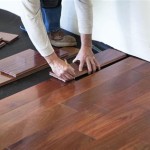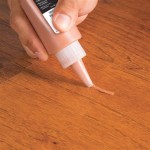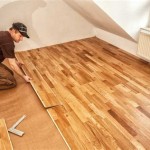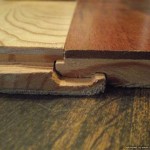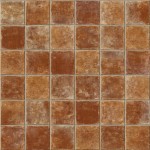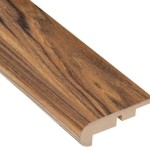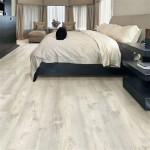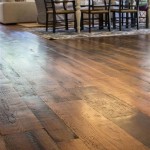Keeping your hardwood floors in good condition is an important part of home maintenance. This is especially true if you live in an area with high humidity or frequent rain. A moisture barrier is a great way to protect your hardwood floors from water damage. In this article, we’ll discuss what a hardwood floor moisture barrier is, why you need one, and how to choose the best one for your home.
What is a Hardwood Floor Moisture Barrier?
A hardwood floor moisture barrier is a layer of protection that is installed between the subfloor and the hardwood floor. These barriers are designed to keep moisture from seeping up and damaging the hardwood floors. They can be made of a variety of materials, such as plastic, rubber, or foam. Most moisture barriers are also easy to install and can be done by a professional or DIYer.
Why Do I Need a Hardwood Floor Moisture Barrier?
Hardwood floors are naturally porous and can be easily damaged by moisture. If your home is located in an area with high humidity or frequent rain, it is even more important to protect your floors from water damage. A moisture barrier can help keep your hardwood floors looking beautiful for years to come.
How to Choose the Best Hardwood Floor Moisture Barrier
When choosing a hardwood floor moisture barrier, it’s important to consider the following factors:
- The type and thickness of the material
- The level of protection needed
- How easy the material is to install
- The cost of the material
It’s also important to consider the climate and moisture levels of your area. If you live in an area with high humidity, you may want to choose a thicker, more durable material. If you live in an area with low humidity, a thinner, less expensive material may be sufficient.
Installing Your Hardwood Floor Moisture Barrier
Installing a hardwood floor moisture barrier is relatively easy and can be done by a professional or DIYer. The first step is to prepare the subfloor by cleaning it and removing any debris. Next, you’ll need to measure the area and cut the moisture barrier to size. Finally, you’ll need to attach the moisture barrier to the subfloor using nails, screws, or adhesive.
Caring for Your Hardwood Floor Moisture Barrier
Once your hardwood floor moisture barrier is installed, it’s important to regularly inspect it for signs of wear and tear. You should also regularly clean the barrier with a vacuum or damp mop. If you find any damage or deterioration, it’s important to repair it as soon as possible to protect your floors from water damage.
Conclusion
A hardwood floor moisture barrier is a great way to keep your hardwood floors looking beautiful for years to come. When choosing a moisture barrier, it’s important to consider the type and thickness of the material, the level of protection needed, how easy the material is to install, and the cost of the material. Installing a moisture barrier is relatively easy and can be done by a professional or DIYer. It’s also important to regularly inspect and clean your moisture barrier to ensure it’s in good condition.















Related Posts

